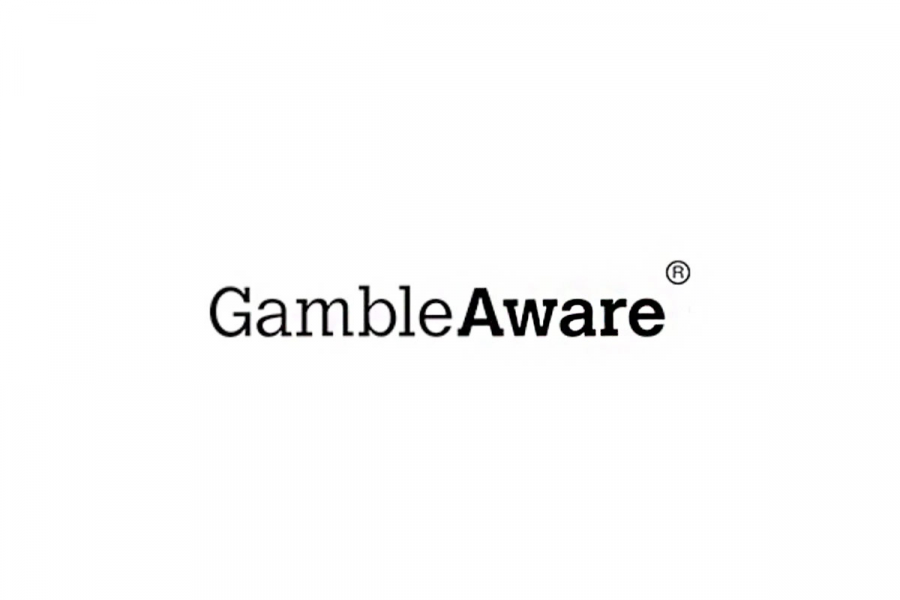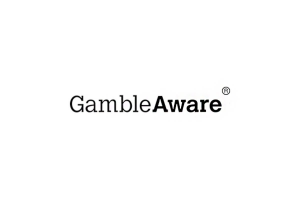GambleAware warns “eye-catching” gambling ads attract children

Research raised concerns about a “grey area” between gambling and gambling-like gaming.
UK.- A report by the gambling industry-backed grant-making body GambleAware has warned of the impact of gambling ads on children. Interviews found that children were attracted by “bright, loud and eye-catching” ads, particularly more vulnerable children with special educational needs and disabilities (SEND).
The research focused on three groups: children aged under 11, children and young people affected by someone’s gambling and children and young people considered vulnerable. Interviewees in all groups reported having seen gambling ads online, but vulnerable children could recall more examples. The report found that some young people had difficulty telling the difference between gambling and gaming with gambling-like characteristics, suggesting that there was a grey area being exploited by bright ads that “look similar to media content that is specifically designed for children”.
The report states: “The sensory nature of bright, loud and eye-catching gambling adverts and the language drew children in and misled them. Especially those vulnerable children with SEND. Vulnerable boys had the highest recall of gambling advertising and gambling brands.”
It added: “The grey area between online gambling and gambling-like gaming is confusing and blurs the lines for children and young people, as well as their parents and caregivers, between what is and is not gambling. This means that the risks associated with more traditional forms of gambling are not necessarily perceived to exist within online gambling or gambling-like gaming mechanisms.”
The report recommended that children be given more information about the range of gambling harms beyond merely the risk of financial loss and how gambling has evolved beyond traditional forms like lottery and sports betting.
It added: “The risks that can come with gambling need to be communicated in a way that is not alarmist, and that also understands that gambling is not necessarily harmful. As we have seen, the current way in which gambling is portrayed in everyday life, in culture, and in advertising, is failing to communicate the risks to children.”
Restrictions on gambling ads
GambleAware CEO Zoë Osmond suggested that the report showed more work was needed to restrict access to gambling ads. She said: “This research shows that gambling content is now part of many children’s lives. This is worrying as early exposure to gambling can normalise gambling for children at a young age, and lead to problems. We need to see more restrictions put on gambling advertising and content to ensure it is not appearing in places where children can see it.”
Earlier this month, GambleAware launched a tender process to seek a partner to evaluate the effectiveness of the National Gambling Support Network (NGSN). It seeks a body that will produce independent, actionable insights into the initiative, which was previously called the National Gambling Treatment Service (NGTS).
The NGSN is supported by eleven bodies that provide treatment and support services across the UK. These include GamCare, Gordon Moody and BetKnowMore. A new, more regional approach was adopted in 2022 following feedback that suggested that many more people needed support services.










